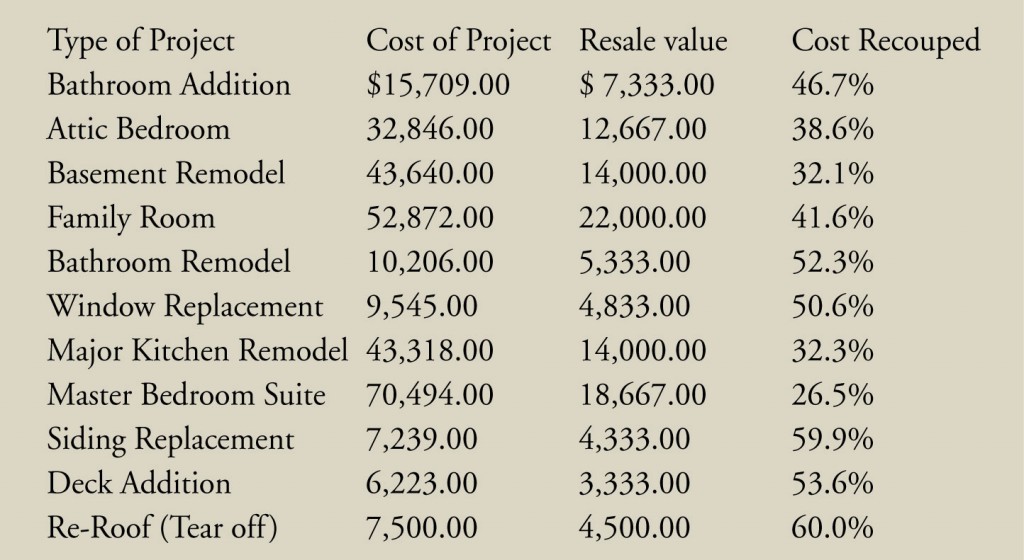By Jim Salmon
To find your gas rate, divide your total monthly bill ($) by the total usage (therms).
As a heating source measured in British thermal units (Btu), a gallon of heating oil has 40% more energy than a therm of gas. There are 100,000 Btu in a therm of gas and 140,000 Btu in a gallon of heating oil. You must use 1.4 therms of gas to generate the heat content of a gallon of heating oil. Therefore, to account for the Btu difference between a therm of gas and a gallon of heating oil, you must multiply the price per therm by 1.4. This gives you the real cost of gas heat compared to oil — the most valid cost when comparing the two fuels.
Compare Natural Gas – sold in therms (100,000 BTU/therm)
1. Multiply the oil heat price per gallon by 0.72 to give the equivalent price per therm of natural gas
2. Multiply the propane price per gallon by 1.087 to give the equivalent price per therm of natural gas
3. Multiply the electricity price per kWh by 29.3 to give the equivalent price per therm of natural gas
Compare Propane – sold in gallons (92,000 BTU/gallon)
1. Multiply the oil heat price per gallon by 0.663 to give the equivalent price per gallon of propane
2. Multiply the natural gas delivered price per therm by 0.92 to give the equivalent price per gallon of propane
3. Multiply the electricity price per kWh by 27.0 to give the equivalent price per gallon of propane
Compare Heating Oil – sold in gallons (138,700 BTU/gallon)
1. Multiply the propane price per gallon by 1.507 to give the equivalent price per gallon of heating oil
2. Multiply the natural gas delivered price per therm by 1.387 to give the equivalent price per gallon of heating oil
3. Multiply the electricity price per kWh by 40.6 to give the equivalent price per gallon of heating oil
Compare Electricity – sold in kilowatt hours (3,413 BTU/kilowatt hour)
1. Multiply the propane price per gallon by 0.037 to give the equivalent price per kilowatt hour of electricity
2. Multiply the natural gas delivered price per therm by 0.034 to give the equivalent price per kilowatt hour of electricity
3. Multiply the heating oil price per gallon by 0.024 to give the equivalent price per kilowatt hour of electricity
Figure out your price per therm by dividing your total fuel bill by the total therms of natural gas consumed. This is your price per therm
Figure out your price per kWh by dividing your total fuel bill by the total kWh of electricity consumed. This is your price per kWh

